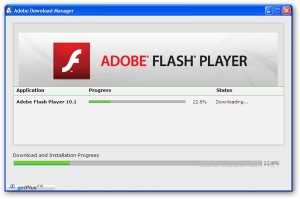Web browsers including Internet Explorer, Firefox, Safari and Google Chrome have all been hit by a Java software flaw used to spread malware, and security experts have gone as far as warning people to disable Java software on their computer.
This flaw or vulnerability in Java allows an attacker to bypass Java security completely, making it possible to install malware or execute malicious code on your computer.
Malware, short for “malicious software”, is software used or created to disrupt computer operation, gather sensitive information, or gain access to private computers.
Java itself is used to create “applets” or programs that are embedded in other applications, typically in a web page displayed in a web browser, in order to provide interactive features to web applications that cannot be provided by HTML alone. Some video games and flash movies are examples of applets.
It’s estimated that Java is installed on more than 3 billion computers around the world, but only about a third of users get updates and patches for the software that close security holes.
As well, sometimes Java security flaws remain “unpatched”. Oracle, which provides software patches for Java has only patched two of the 31 flaws reported so far this year. It’s hard to say when this latest patch will occur.
Java was designed to be one of the safest computer programming environment when it is created, but ironically nothing is really safe when it comes to web security.
How to stay safe
So what’s the solution?
Use anti-virus on your computer
Make sure you have an anti-virus program installed on your computer. Anti-virus programs examine all of the “traffic” arriving on your computer from the Internet, and also monitor when programs attempt to connect to the internet. AVG offers a popular free anti-virus program, while Kaspersky’s “premium” product is also installed on many computers around the world.
Keep your information safe
It’s not always easy to keep your computer completely safe from viruses and malware, and infections may happen. Because of this ever-present risk, it’s a good idea to make sure that there are no passwords, credit card numbers, or even cookies available for an intruder to somehow exploit. You need to safeguard your information.
The best way to safeguard your information is remove it entirely from your computer, period.
PC Clean Maestro provides an easy way to remove passwords and credit card payment information so it will never fall into the hands of the wrong people. As an added bonuses, preseve your privacy by completely removing your browsing history too. It will help you preserve your peace of mind.


